

— Blogs —
—Products—
 Consumer hotline +8618073152920
Consumer hotline +8618073152920 WhatsApp:+8615367865107
Address:Room 102, District D, Houhu Industrial Park, Yuelu District, Changsha City, Hunan Province, China
Product knowledge
Time:2024-11-10 17:01:57 Popularity:322
In irrigation water management, real-time monitoring of soil moisture is a critical step in ensuring accurate irrigation and optimizing water use. The following are specific steps and techniques for real-time monitoring using soil moisture sensors:
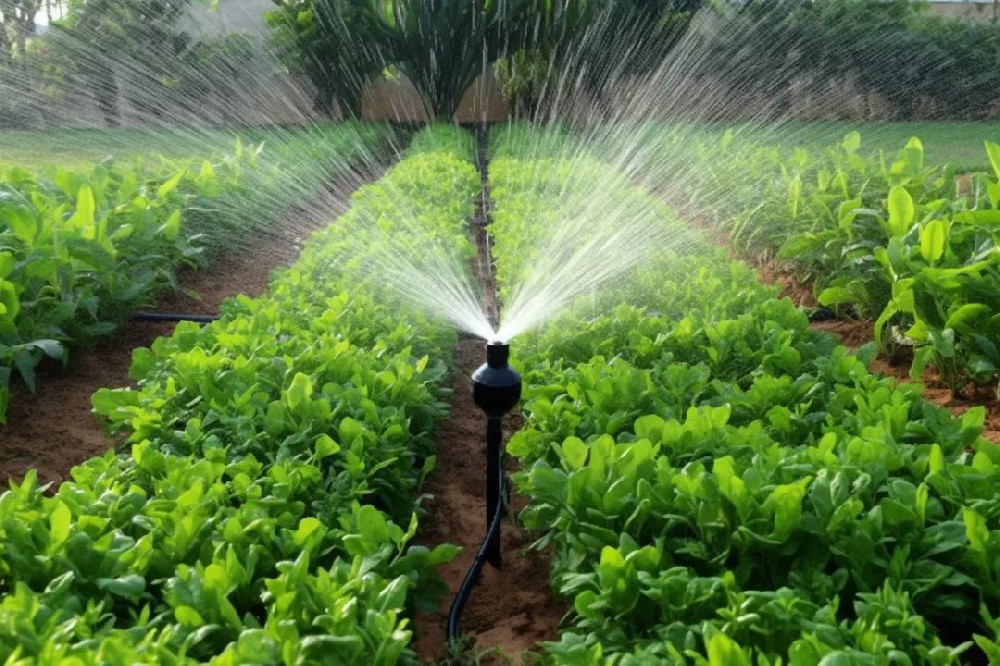
Selecting the right soil moisture sensor is the first step towards effective monitoring. Commonly used sensor types include:
- TDR (Time Domain Reflectometry) soil moisture sensors:
- Principle: Determine the soil dielectric constant by measuring the propagation time of an electromagnetic wave through the soil and thus calculate the moisture content.
- Strengths: High accuracy, independent of soil type, can measure both moisture and salinity, suitable for complex soil environments.
- Disadvantages: high cost of equipment, complicated installation and maintenance.
- FDR (Frequency Domain Reflectometry) Soil Moisture Sensor:
- Principle: Utilizes frequency response to measure soil dielectric constant and indirectly calculate moisture content.
- Advantages: low cost, fast measurement, easy to install and maintain, applicable to a wide range of soil types.
- Disadvantages: accuracy may be affected under certain soil conditions (e.g. high salinity), requires specific calibration.
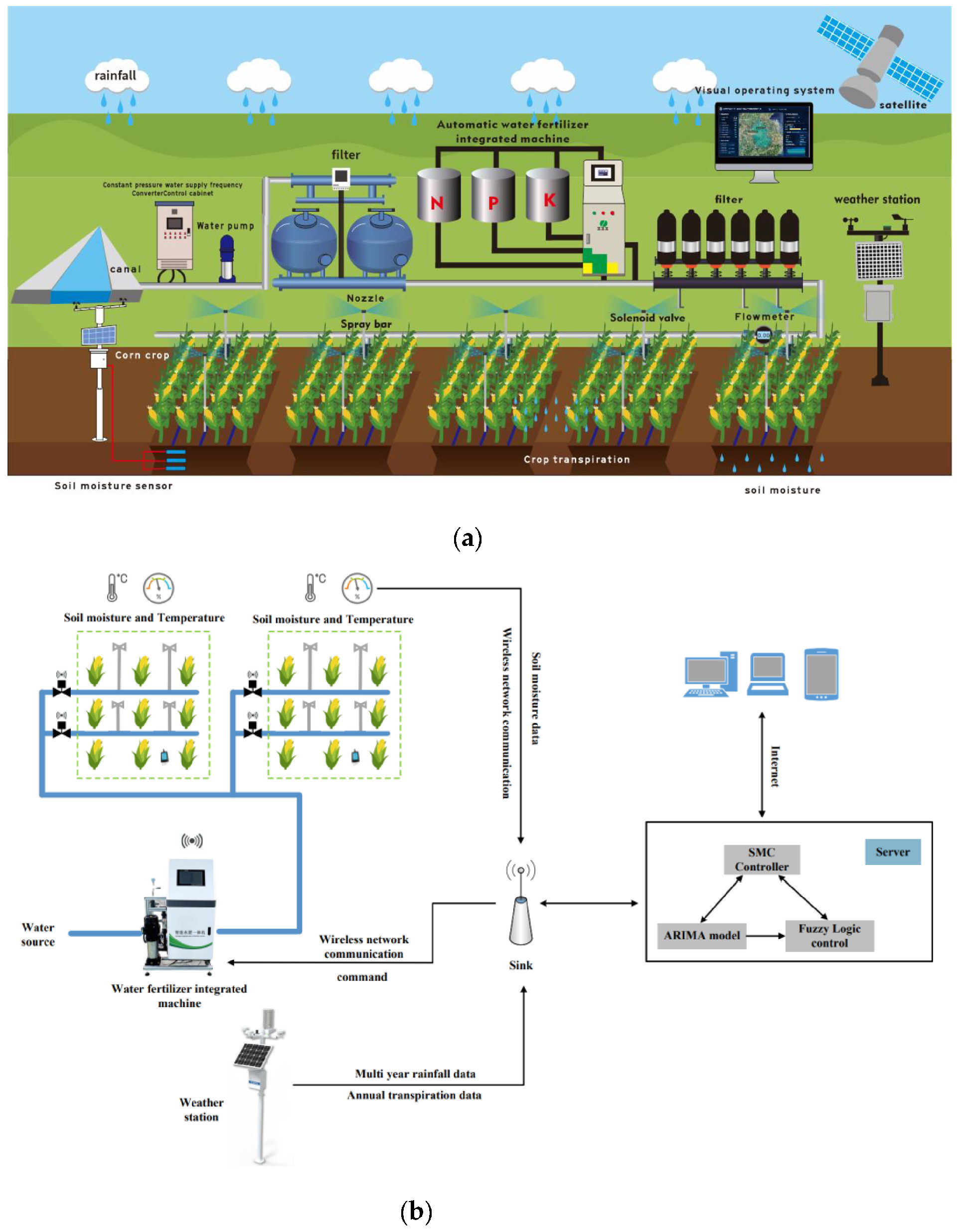
- Select a suitable area of farmland, avoiding rocks and hard soil clods, to ensure that the sensor probe can be inserted smoothly into the soil.
- Considering the irrigation history and soil type of the farmland, select a representative measurement point.
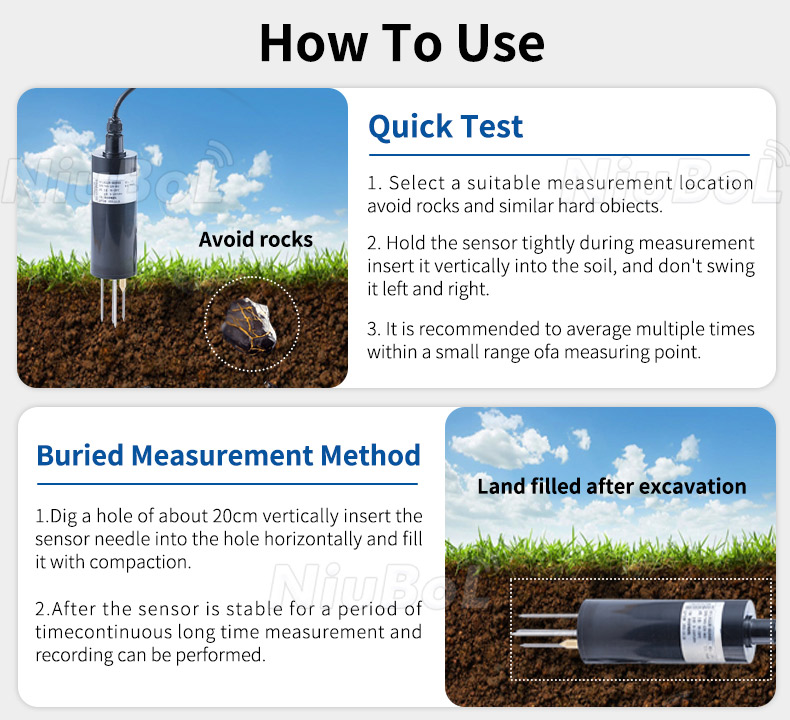
- Depending on the type of sensor (e.g., vertical insertion type or flat insertion type), install the sensor correctly according to the instructions.
- Vertical sensor: It should be inserted vertically at 90 degrees into the soil to be measured. Do not shake the sensor when inserting it to prevent the probe from being bent or damaged.
- Flat-plugged sensor: Used for multi-layer soil moisture detection, humidity head spacing should be properly arranged to prevent mutual interference.
- Connect the sensor to the data collector or handheld terminal to ensure stable and reliable data transmission.
- Set the frequency and time interval of data collection to meet the demand of real-time monitoring.
- Use wireless technology (such as 4G, Zigbee, LoRa or Wi-Fi) to transmit sensor data to the central control unit or cloud platform.
- Ensure that the wireless network coverage is good and that there is no delay in data transmission.
- View soil moisture data in real time through monitoring software or mobile application.
- Set up a data visualization interface to show the soil moisture trend intuitively.
- Make irrigation plans according to the actual needs of crops, soil conditions, weather changes and other factors.
- Use data analysis tools to identify abnormal changes in soil moisture and take timely measures.
- Integrate sensor data with irrigation control system to realize automatic irrigation.
- When soil moisture is below a set threshold, the irrigation system is automatically activated or farmers are reminded to irrigate.
- When the soil humidity reaches or exceeds the set threshold, the irrigation system will automatically stop to avoid excessive irrigation.
- Collect long-term soil moisture data and establish a historical database.
- Through data analysis, identify irrigation patterns and soil moisture change rules.
- Optimize irrigation strategies by combining historical data and crop growth models.
- Reduce the waste of water resources and improve crop yield and quality.
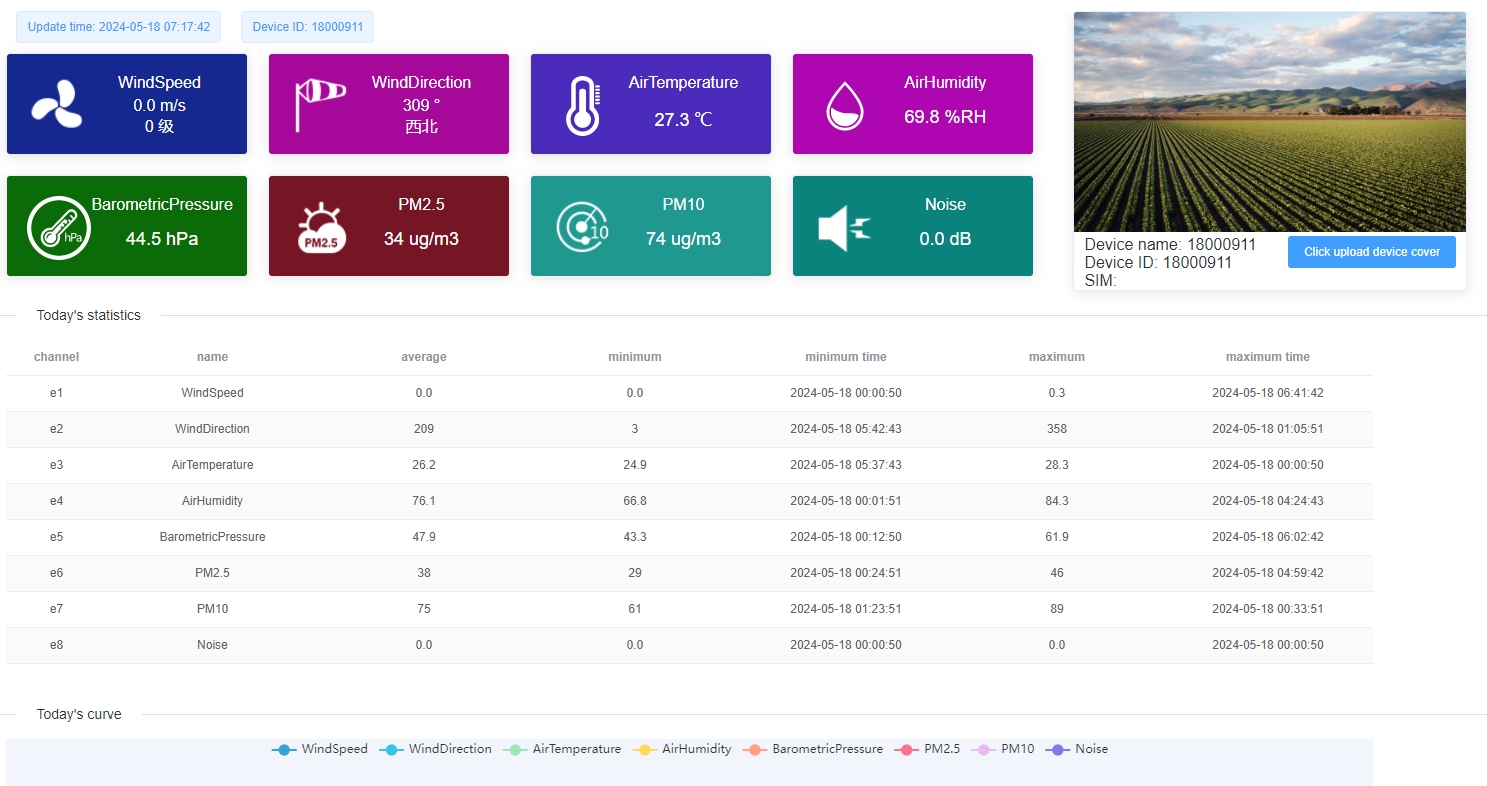
The application of soil moisture sensor network monitoring system in agricultural irrigation is mainly through the deployment of a large number of small sensor nodes, which are distributed in various parts of the farmland, real-time monitoring of soil moisture, temperature and other environmental parameters. System features include:
- Real-time monitoring: provides immediate feedback on the moisture status of the farmland.
- Remote control: Through wireless network, farmers can monitor the status of farmland and make decisions from a distance.
- Automated irrigation: Integrate with the irrigation system to automatically start or stop irrigation based on monitoring data.
- Water Saving and Efficiency: Reduce water consumption through precision irrigation while improving crop yield and quality.
- Data analysis and optimization: Long-term data collection helps analyze irrigation patterns and optimize water management.
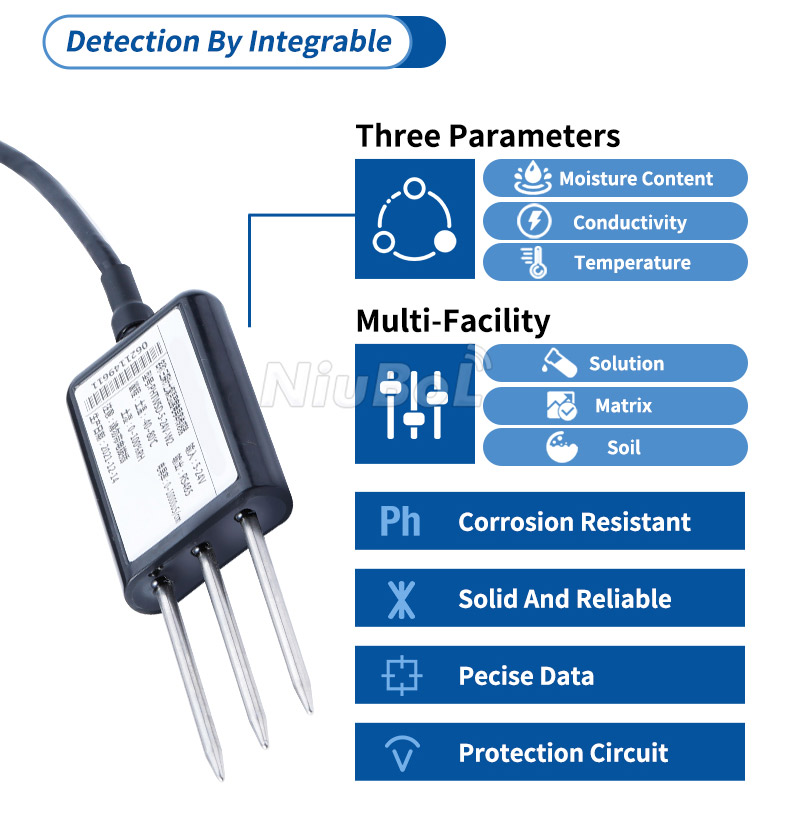
- Principle: An electromagnetic pulse is sent and the soil dielectric constant is determined by measuring the pulse round-trip time through the soil, thus calculating the moisture content.
- Advantages:
- High accuracy: stable and reliable measurement results, independent of soil type.
- Fast response time: able to monitor changes in soil moisture in real time.
- Wide range of application: applicable to a wide range of soil types and irrigation conditions.
- Disadvantages:
- High equipment cost: the circuit is more complicated and costly.
- Complicated installation and maintenance: requires professional calibration and maintenance.
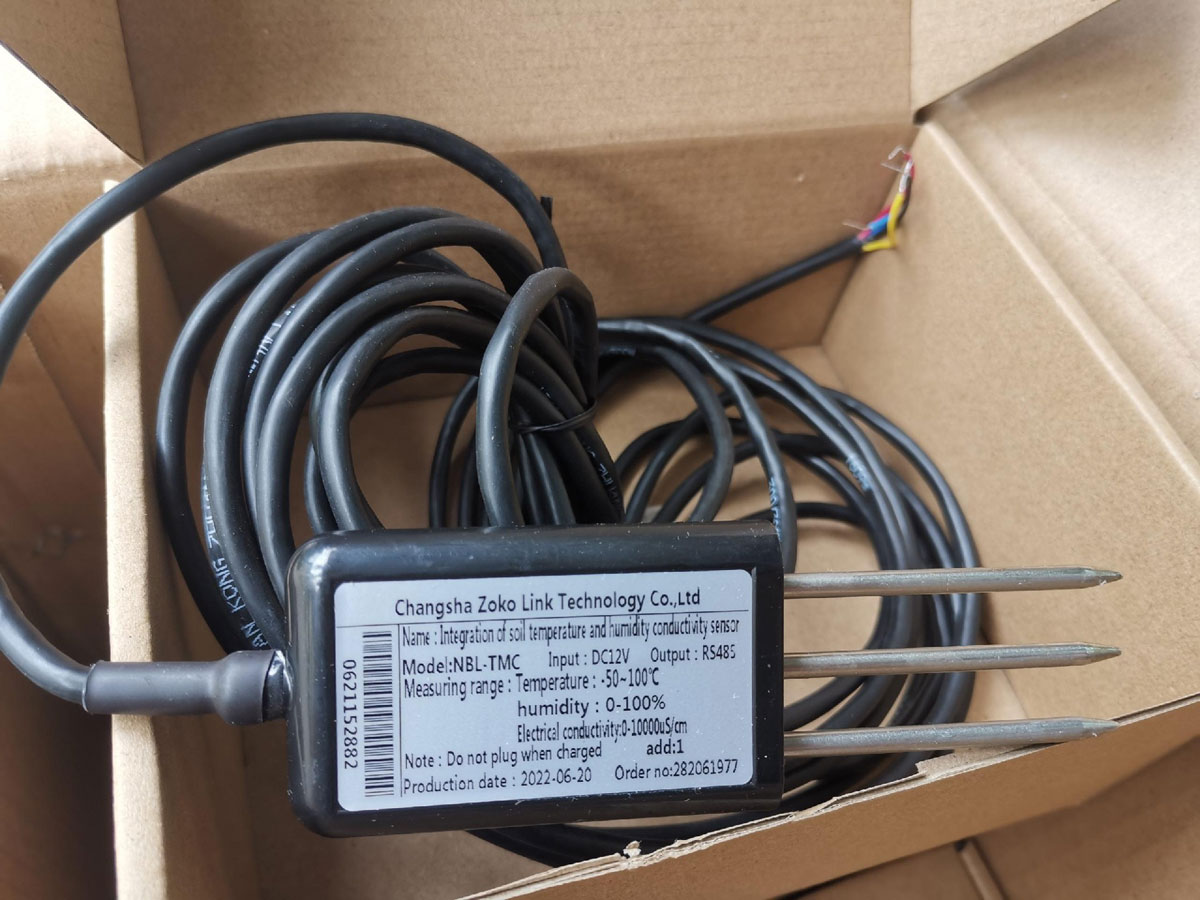
- Principle: Measurement of soil dielectric constant using frequency response to indirectly calculate moisture content.
- Advantages:
- Lower cost: relatively simple and low cost equipment.
- Fast measurement speed: can provide soil moisture data quickly.
- Flexible probe shape: can be used for soil measurements at different depths and levels.
- Easy to install and maintain: easy to operate, suitable for large-scale farmland monitoring.
- Disadvantages:
- Slightly lower measurement accuracy: accuracy may suffer under certain soil conditions (e.g. high salinity).
- Calibration required: specific calibration may be required for different soil conditions.
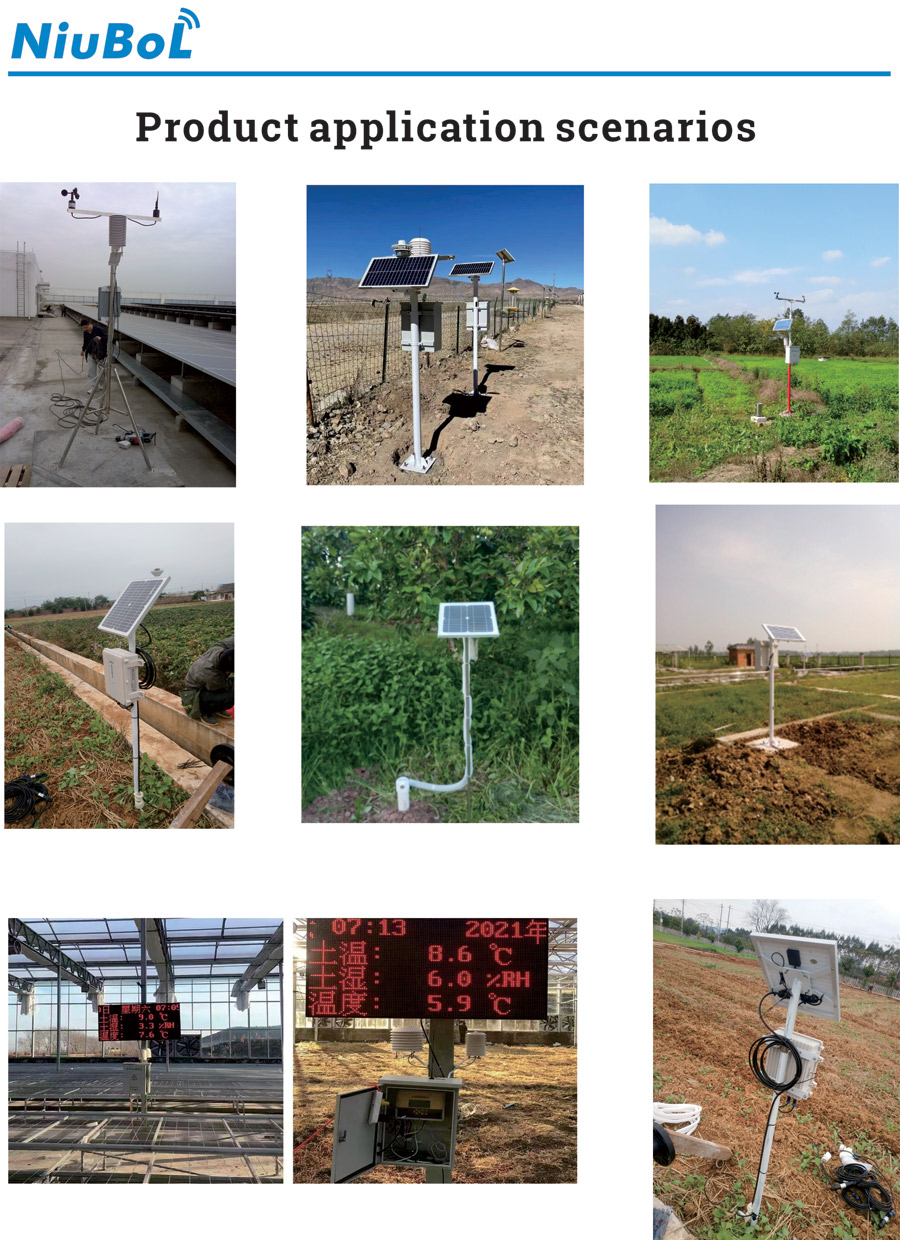
In summary
Both TDR and FDR are effective soil moisture measurement methods, and they have their own advantages for different application scenarios and budget requirements. The selection should be based on a combination of farmland conditions, budgetary needs, and irrigation system requirements. By using these advanced sensor technologies and wireless sensor networks, precision irrigation can be achieved to optimize water use and improve crop yield and quality.
1.NBL-S-THR Soil Temperature Moisture Sensor datasheet
NBL-S-THR-Soil-temperature-and-moisture-sensors-Instruction-Manual-V4.0.pdf
2. NBL-S-TMC Soil Temperature Moisture EC Sensor datasheet
NBL-S-TMC-Soil-temperature-and-moisture-conductivity-sensor.pdf
3. NBL-S-TM Soil Temperature Moisture Sensor datasheet
NBL-S-TM-Soil-temperature-and-moisture-sensor-Instruction-Manual-4.0.pdf
4. NBL-S-TMCS Soil Temperature, Moisture, Conductivity and Salinity Integrated Sensor
NBL-S-TMCS-Soil-Temperature-Humidity-Conductivity-and-Salinity-Sensor.pdf
5. NBL-S-TMCS-7 Soil Temperature, Moisture, NPK, Conductivity and pH Integrated Sensor
7-in-1-Soil-Composite-Sensor-Manual.pdf
4. NBL-S-TMCS-8 Soil Temperature, Moisture, NPK, pH, Conductivity and Salinity Integrated Sensor
Related recommendations
Sensors & Weather Stations Catalog
Agriculture Sensors and Weather Stations Catalog-NiuBoL.pdf
Weather Stations Catalog-NiuBoL.pdf
Related products
 Combined air temperature and relative humidity sensor
Combined air temperature and relative humidity sensor Soil Moisture Temperature sensor for irrigation
Soil Moisture Temperature sensor for irrigation Soil pH sensor RS485 soil Testing instrument soil ph meter for agriculture
Soil pH sensor RS485 soil Testing instrument soil ph meter for agriculture Wind Speed sensor Output Modbus/RS485/Analog/0-5V/4-20mA
Wind Speed sensor Output Modbus/RS485/Analog/0-5V/4-20mA Tipping bucket rain gauge for weather monitoring auto rainfall sensor RS485/Outdoor/stainless steel
Tipping bucket rain gauge for weather monitoring auto rainfall sensor RS485/Outdoor/stainless steel Pyranometer Solar Radiation Sensor 4-20mA/RS485
Pyranometer Solar Radiation Sensor 4-20mA/RS485
Screenshot, WhatsApp to identify the QR code
WhatsApp number:+8615367865107
(Click on WhatsApp to copy and add friends)